Centralized vs Decentralized Program Management: A Pros and Cons Analysis
7 min read | Published December 2, 2023
Centralized vs Decentralized Program Management: A Pros and Cons Analysis
7 min read | Published December 2, 2023

By DocNetwork

By DocNetwork

By DocNetwork
Introduction
Your institution’s commitment to fostering safe and nurturing environments extends into the realm of youth programs. Beyond mere extracurricular offerings, these initiatives are necessary for growth and innovation, but they can’t operate efficiently without first prioritizing the safety of the minors in your care. As you stand at the helm of risk and compliance, the decision of whether to centralize or decentralize youth program management is pivotal. This choice carries significant weight, potentially bearing on the health and safety of each young participant you serve. Let’s take an informative look at the pros and cons of each approach.
Centralized Youth Program Management: A Beacon of Consistency
Centralized management can serve as a beacon, guiding all your youth programs toward a uniform standard of safety. Imagine a student with a life-threatening allergy attending a program under your oversight:
- Consistent Health Protocols: Centralized protocols ensure that any staff member, from any program, is well-versed in emergency procedures, such as administering an EpiPen.
- Accessible Medical Information: A single, centralized health record for this student means that their allergy is flagged for all to see, in any program they attend on your campus.
- Unified Policy Updates: When health guidelines change, your centralized system can implement updates across all programs swiftly, ensuring that no child is left behind.
Yet, centralized systems are not without some challenges, too:
- One-Size-Fits-All Limitations: Your broad safety measures might miss the specific needs of different programs, which can be as varied as the interests of the students themselves.
- Bureaucratic Hurdles: You may find that institutional processes can sometimes slow down the implementation of urgently needed safety updates.

Decentralized Youth Program Management: Flexibility and the Flipside of Risk
Though embracing a decentralized approach to managing your youth programs, you offer a tailored touch to program administration where quick, on-the-ground decisions are the norm. You empower individual program leaders to address the unique needs of their participants directly — a nimble model that can be especially effective in addressing specific educational goals or learning environments. Yet, this flexibility comes with heightened vigilance for participant safety and liability:
- Divergent Safety Standards: If a student with a severe food allergy is part of two different programs, you’re faced with a challenge. How can you ensure that both programs have equally robust emergency protocols? The lack of a centralized mandate could lead to inconsistencies that not only endanger student safety but also increase your university’s exposure to liability.
- Responsibility Dispersal: In the unfortunate event of an incident, the decentralized structure might lead to confusion about responsibility. With each program operating independently, the question of liability becomes more complex, potentially leaving your institution vulnerable to legal scrutiny.
- Increased Oversight Burden: You bear the responsibility of closely monitoring each program to ensure that safety standards are met, which can be a significant undertaking without centralized coordination. This increased administrative load can distract from educational goals and drain resources.
Centralized vs. Decentralized: Weighing Safety Against Autonomy
As you navigate this decision, the trade-offs between autonomy and safety, between flexibility and uniformity, must be carefully balanced. Your choice will impact not only the immediate well-being of the minors in your programs but also the long-term reputation and legal standing of your institution.

Conclusion: Choosing Centralization for Enhanced Safety and Reduced Liability
After a careful examination of the inherent risks in decentralized management, you might conclude that centralization stands out as the approach that best safeguards against participant safety risks and institutional liability. By unifying your youth programs under one overarching safety protocol, you ensure every child’s health needs are met with diligence and every emergency is handled with consistency. This doesn’t just protect the students — it also protects your institution by minimizing the risk of liability associated with varying safety standards. Centralized management, therefore, not only underlines your commitment to student safety but also exemplifies prudent risk management in higher education.
Let us show you why over
1,250 programs nationwide
choose CampDoc.
Schedule a Demo Today!









